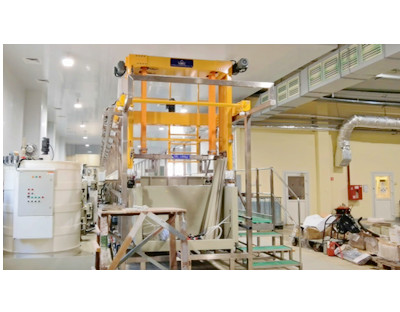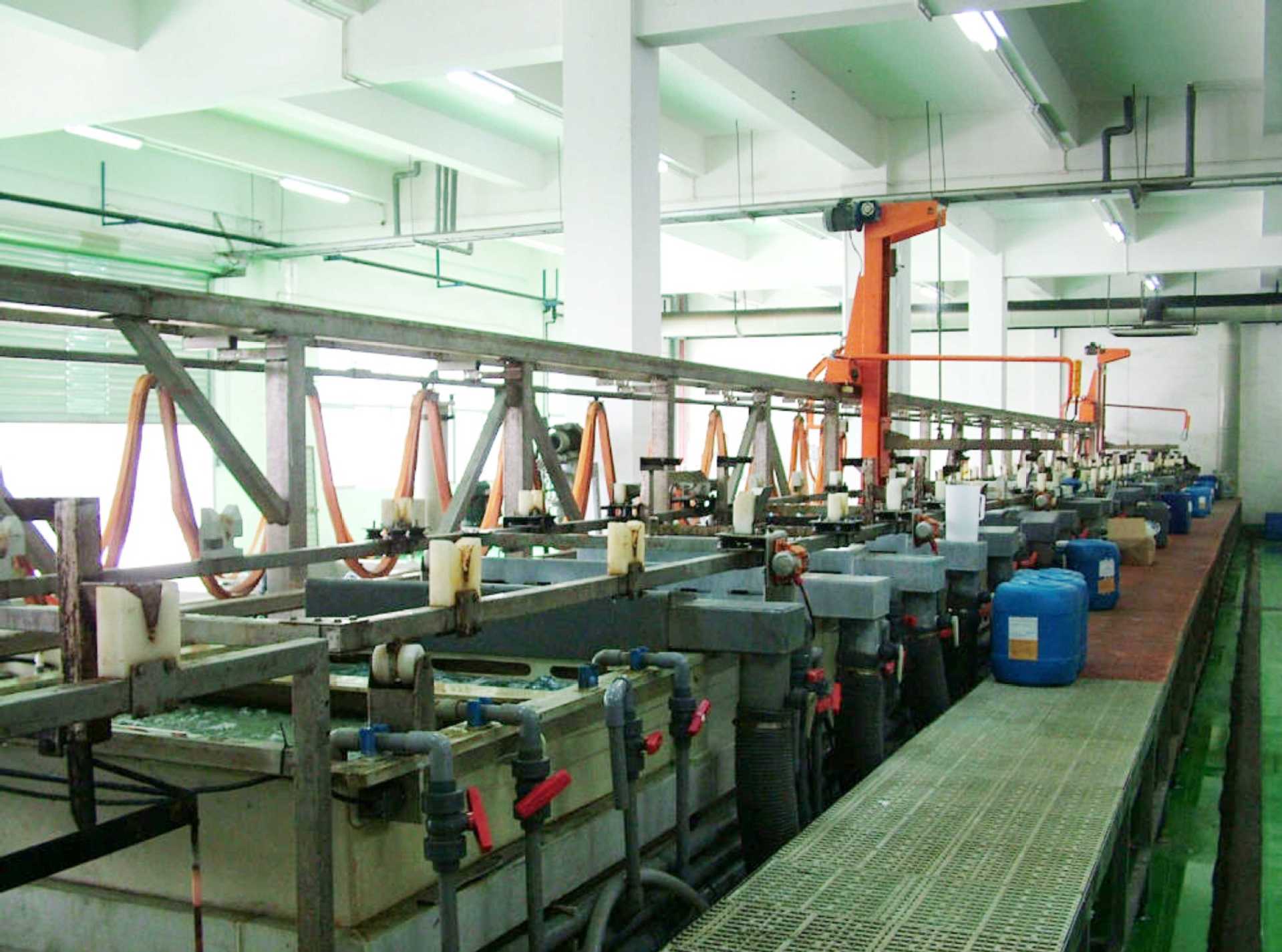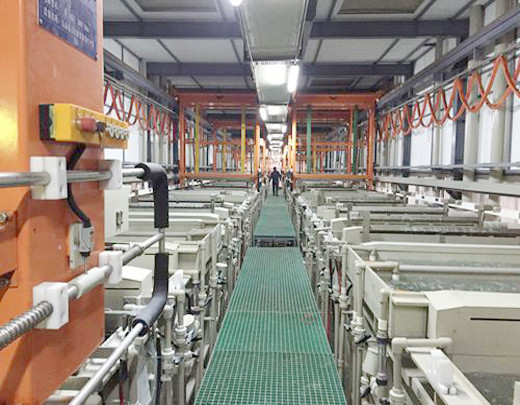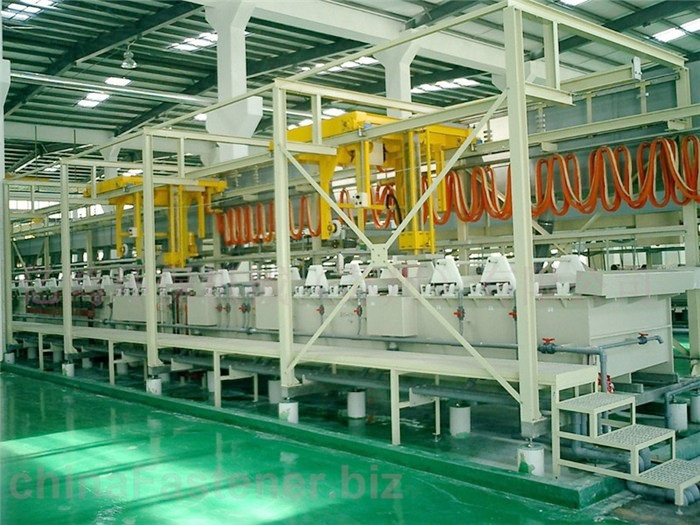Surfactants are one of the important raw materials in the field of metal surface treatment and an indispensable component of the vast majority of electroplating additives. In the entire process of electroplating, it is almost always used, such as chemical degreasing before plating, acid pickling for rust removal, electrolytic degreasing, matrix activation for single metal and alloy electroplating in electroplating, additives for anti coating discoloration agent after plating, coating protective film, and even electroplating wastewater treatment. The wide range of applications benefits from the unique chemical structure of surfactants and the resulting special properties.
① The addition of surfactants reduces the surface tension of the electroplating solution, making the hydrogen evolution process accompanying the cathodic electrodeposition process easier. Preventing dents, pits, and pinholes in the coating, resulting in good adhesion between the coating and the substrate.
② Surface active agent aqueous solution adsorbs on solid surfaces contaminated with oil, causing the oil on the solid surface to wet, penetrate, emulsify, and disperse, thereby removing oil stains.
③ Surfactants have hydrophilic and hydrophobic groups. The directional adsorption of hydrophobic groups at the electrode interface forms a double electric layer, which often increases the Overpotential of the electrode reaction and the polarization of the electrodeposition process. Refine the crystallization of the coating, and some change the mechanical and physical properties of the coating, such as internal stress, hardness, and ductility.
④ The directional adsorption of surfactants on the gas/liquid interface forms a dense surface liquid film. In addition, the foaming effect of some surfactants forms a foam layer, which prevents the escape of acid mist.
The solubilization and dispersion characteristics of surfactants help some insoluble main brightener molecules disperse in solution, and their synergistic effect can obtain bright and smooth coatings.
Some cationic surfactants bring positive charges to the solid particles in the plating solution and form a protective film on the surface of the particles, reducing the surface tension of the solid particles and effectively preventing them from gathering into clusters in the solution. The solid particles are evenly dispersed in the solution and embedded in the coating as the metal electrodeposits, achieving the purpose of composite electroplating and endowing the coating with special functional applications.








 Dec. 20, 2019
Dec. 20, 2019 




